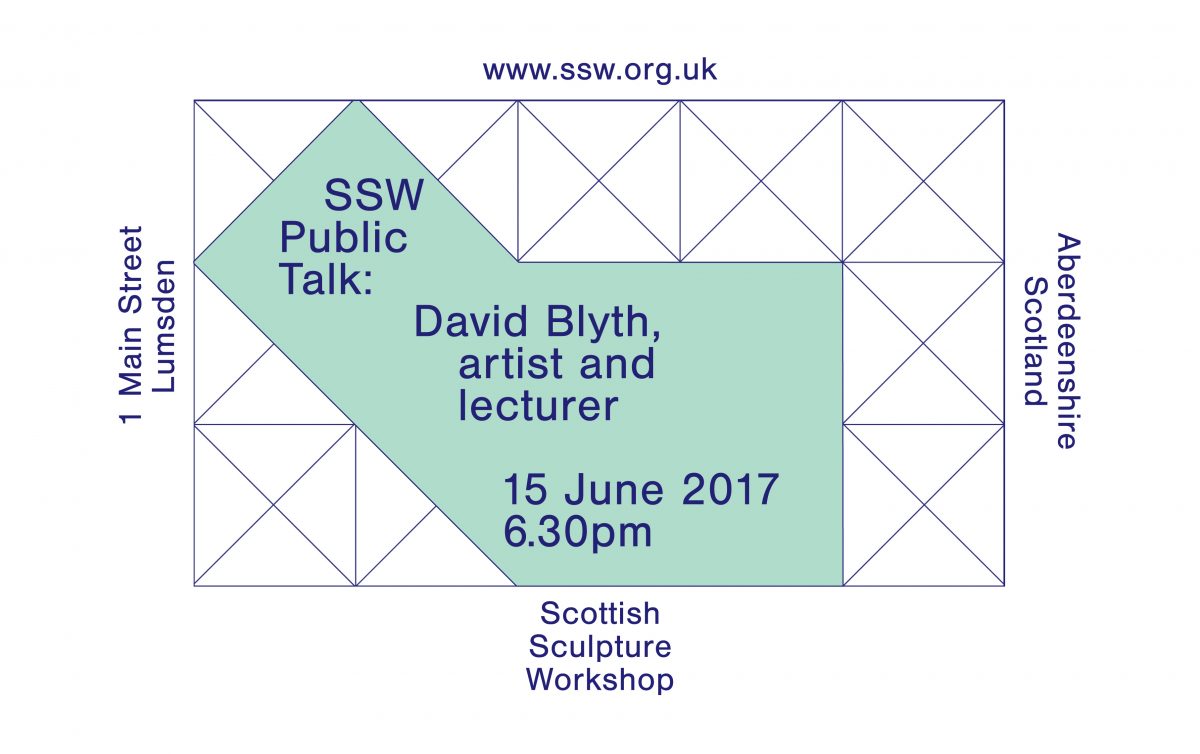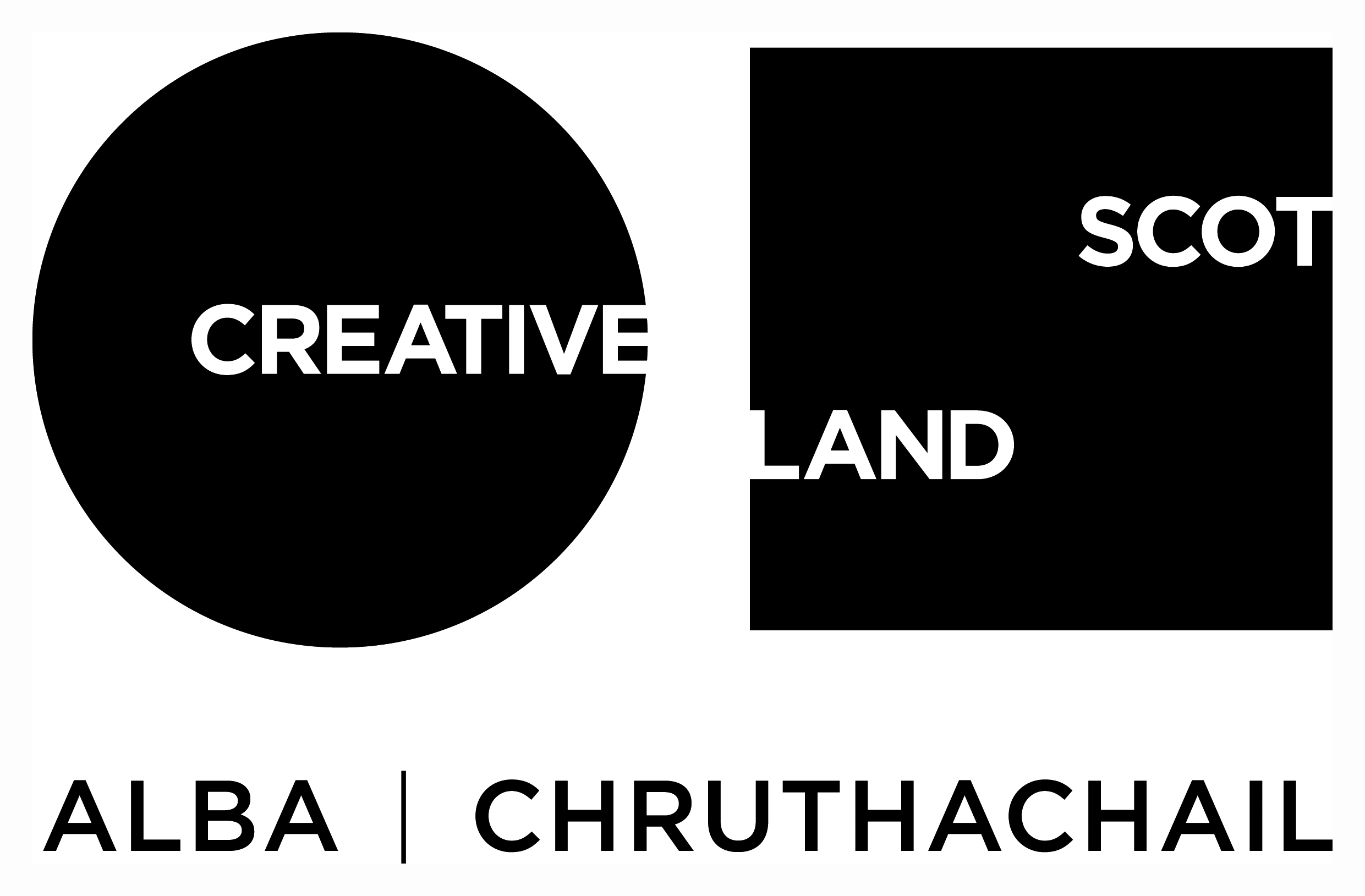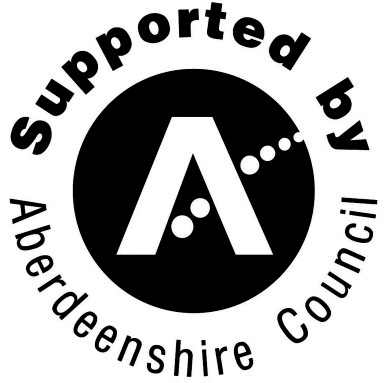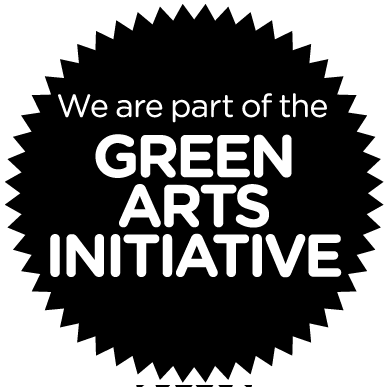SSW PUBLIC TALKS
Each year SSW host a series of open talks to accompany our Summer Artist in Residence programme. During the months of June, August and September, we invite a speaker to SSW to share their work. These talks are set up to bring people together, share food and have vibrant conversations.
The 2017 talks are informed by our Frontiers in Retreat project, a five year EU collaboration exploring art and local ecologies. Invited speakers will come from a range of backgrounds with specialised and varied knowledge relating to the landscape in the North East.
These talks are free of charge and are followed by simple meal and discussion.
Talk 1 : Thursday 15th June
Talk – 6:30pm – 7:30pm, Food and discussion 7.30pm – 8.30pm
David Blyth
Artist and Lecturer, Contemporary Art Practice, Grays School of Art, RGU
Ideas in Progress: Migratory Praxis in the North East of Scotland
David Blyth is a visual artist who lives and works in remote Aberdeenshire. Working with sculpture, print and performance, his studio practice predominantly concerns itself with an interrogation of Human-Animal relations within the natural history museum context. The research is informed by a sustained engagement with the craft skills of taxidermy and draws upon narratives of folklore, shamanism and cultural memory to propose alternative methodologies for ‘knowing the animal’.
David was one of a selected group of artists for ZENOMAP, the first presentation of contemporary art from Scotland at the Venice Biennale in 2003. Other exhibitions and projects include: Glenfiddich Artist-in-Residence, 2004; Deveron Arts Town Artist, 2005-7; The Human Ploughing Match, 2007; The Turra Coo, 2010; Seen Through Glass, Darkly (Kendal Museum, 2014); and Archipelago (Summerhall, 2017).
In this talk, David presents a work-in-progress in the form of a lecture. Beginning with the synchronous arrival of two migrating Woodcock from Scandinavia, the talk navigates the epistemological challenges that beset the museum taxidermist when tasked to re-present an animal of which he has no experience. What forms of human knowledge might be called upon in order to create meaningful representation beyond simple illustration?
David studied Fine Art at Gray’s School of Art in Aberdeen, 1994-99. He works between Huntly and Aberdeen, where he is currently employed as a research-active studio lecturer at Gray’s School of Art, Robert Gordon University.
For further information on the talks programme, please contact:
arts@ssw.org.uk/ 01464 861372






